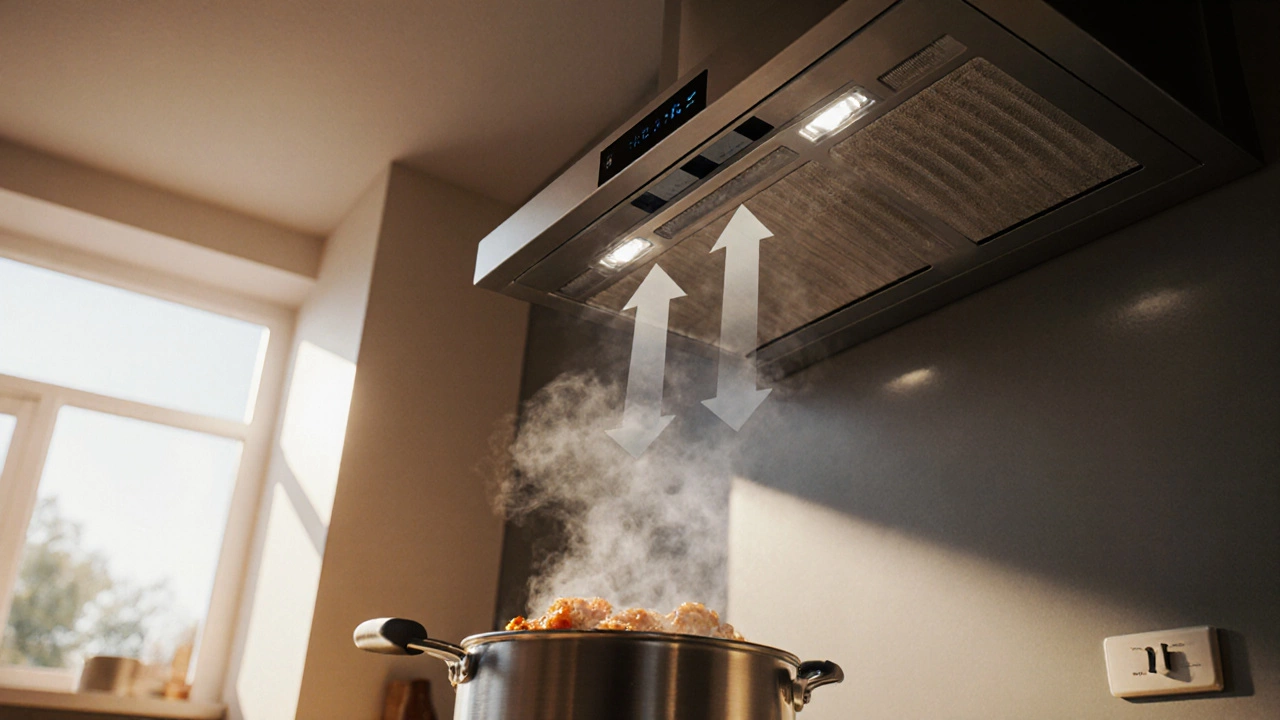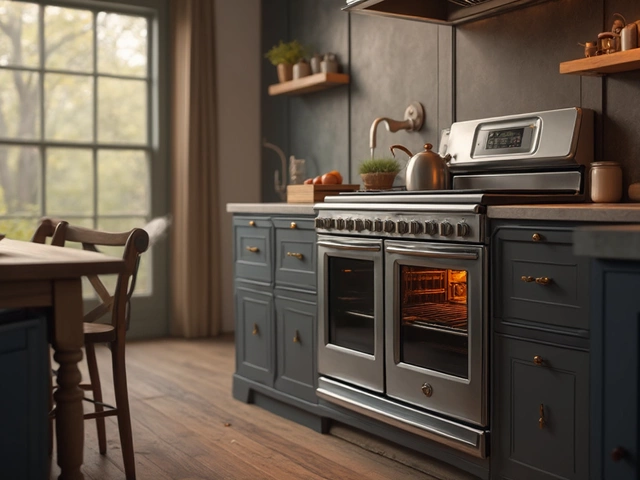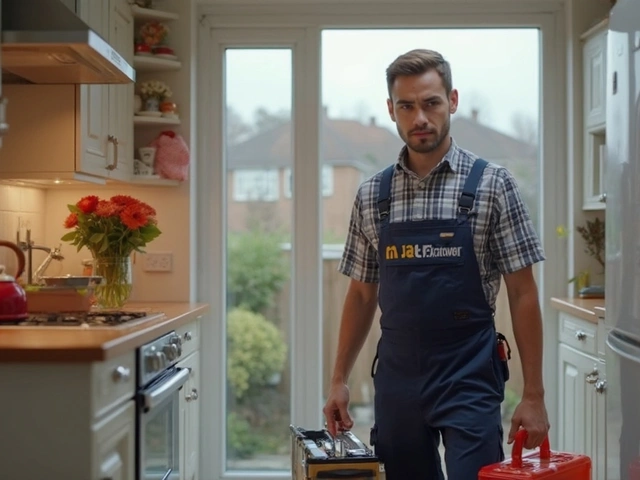When thinking about extractor fan safety, the practice of keeping kitchen and bathroom fans in good working order to protect health and comply with standards. Also known as ventilation fan safety, it plays a key role in preventing moisture buildup, reducing fire risk, and meeting legal requirements. Proper ventilation, the exchange of stale indoor air with fresh outdoor air is the backbone of this safety concept, while mold prevention, stopping fungal growth by controlling humidity directly depends on it. In the UK, building regulations, the set of rules that ensure construction safety and energy efficiency explicitly require functional extractor fans in wet rooms. When a fan can’t keep up, a dehumidifier, an appliance that reduces indoor moisture levels can act as a backup, but it’s not a substitute for proper fan operation. Understanding these connections helps you keep your home safe, healthy, and legal.
First, a well‑maintained fan removes steam, cooking fumes, and odors before they settle into walls or insulation. This reduces the chance of condensation, which is the main driver of mold growth. When humidity stays high, spores can thrive, leading to health issues like allergies or asthma. Second, the fan’s electrical components must be in good condition; a faulty motor or loose wiring can spark and cause a fire, especially in kitchens where grease accumulates. Third, the UK’s Part F of the Building Regulations mandates that bathrooms, toilets, and kitchens have adequate extraction to remove excess moisture. Failure to meet these standards can result in fines or costly remedial work when you sell the property. Finally, even if the fan is technically compliant, clogged filters or blocked ducts undermine its efficiency, turning a safe system into a hidden hazard.
So what should you do? Start with a simple visual check: make sure the grille isn’t blocked by pantry items, and listen for unusual noises that hint at motor wear. Turn the fan on for a minute and feel the airflow; weak suction often signals a clogged duct or failing motor. If you spot grease build‑up, run a gentle cleaning cycle with a mix of hot water and mild detergent, then dry thoroughly. For bathrooms, wipe away soap scum and ensure the duct runs straight to the outside, not into an attic. If the fan is more than ten years old, consider a replacement—modern units are quieter, more energy‑efficient, and often include overload protection. Should you need extra moisture control, especially in basements or poorly ventilated rooms, a dehumidifier can keep humidity under 60% while you sort out the fan. Remember, the goal isn’t just to meet regulations; it’s to protect your family’s health and your home’s longevity.
Armed with this background, you’ll find the articles below cover everything from DIY cleaning steps to when you should call a professional electrician or a ventilation specialist. Whether you’re dealing with a noisy kitchen fan, a bathroom that “feels damp,” or you simply want to verify you’re following the latest UK standards, the collection offers clear, actionable advice to keep your extractor fan safe and effective.

Find out if leaving your extractor fan on is safe, how much energy it uses, and the best practices to protect your home while keeping the kitchen fresh.

Learn the warning signs of a failing water heater and get practical tips for repair and maintenance to prevent costly breakdowns and keep your hot water system running safely.

When it comes to kitchen convenience, dishwashers are hard to beat. They free up our time, reduce water and energy use, and help keep our kitchenware sparkling clean. But how long should one really expect a dishwasher to last? This article will explore average lifespans, key factors affecting longevity, and practical tips for extending the life of your trusty machine, ensuring you get the most value and efficiency.

Choosing an oven that stands the test of time goes beyond looks and price. This article delves into which oven brands are celebrated for their durability. We'll explore how build quality, materials, and innovative technologies play a role in longevity. Plus, you’ll get insider tips on maintaining your oven for years to come. Discover how to make a smart choice today that benefits you tomorrow.

Wondering who fixes extractor fans? Find out which trade has the right skills, top repair tips, and practical advice for solving extractor fan issues fast.

Wondering what an appliance job really is? This article breaks down everything you need to know, from common types of jobs to what actually happens when a technician shows up at your door. You'll learn when to call for help, what to expect during a service visit, and how to get the best results for your money. Get practical tips before you book, so there are zero surprises. Whether it’s your fridge, washer, or oven acting up, this guide has your back.